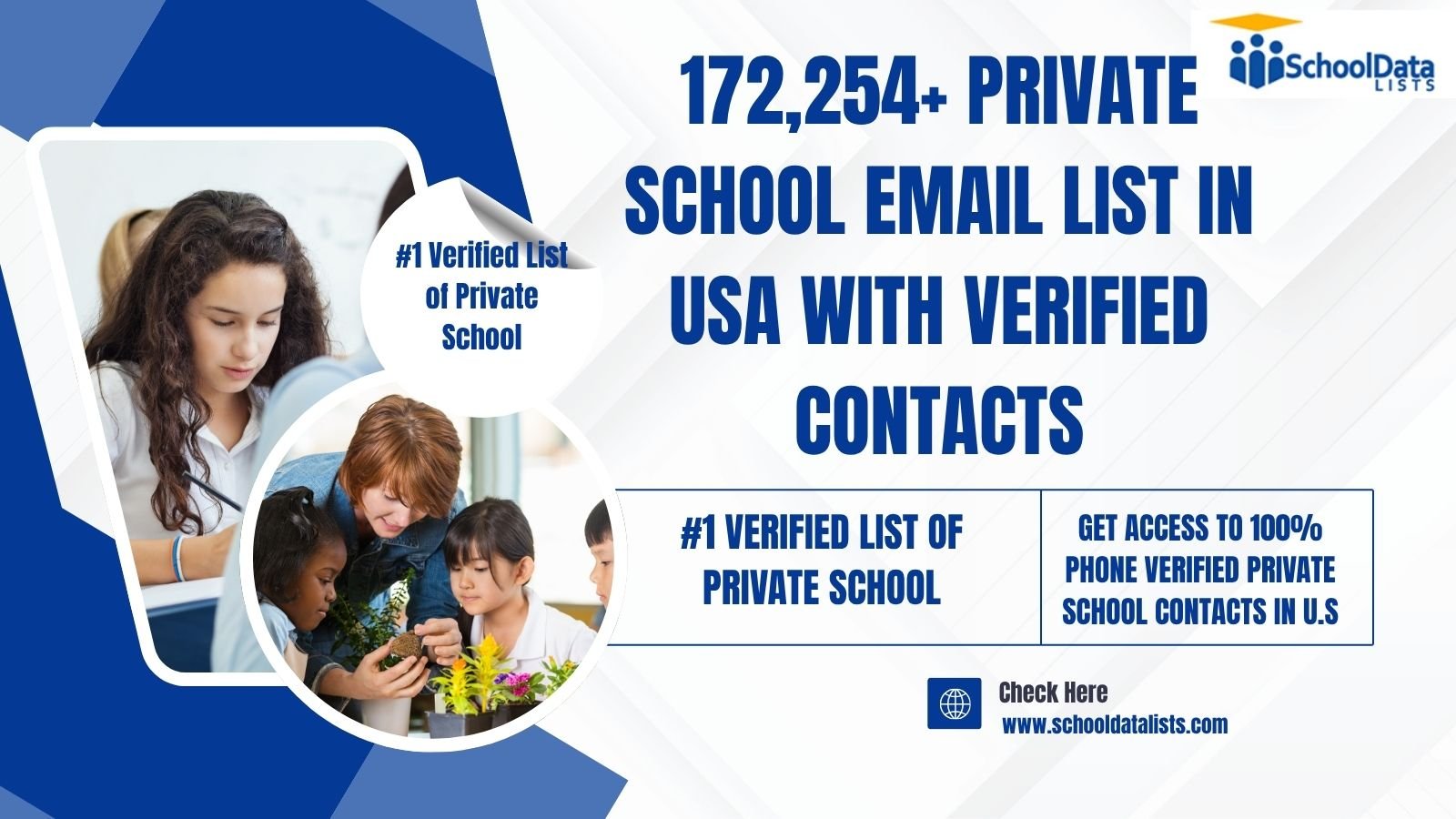
Bonus offers in the digital gambling sector have shifted from simple marketing tools into complex financial instruments with embedded restrictions that drastically modify their apparent value. Research indicates that over 90% of players lose bonus funds before meeting wagering requirements, demonstrating a substantial disconnect between perceived and realized value in these offerings. Grasping the mathematical architecture underlying these promotions is essential for anyone attempting to extract genuine utility from them.
Bonus Requirement Architecture and Mathematical Models
The primary mechanism through which operators reduce bonus value lies in playthrough mandates that require players to wager bonus funds multiple times before withdrawal becomes possible. A common 35x wagering requirement on a $100 bonus necessitates $3,500 in total wagers before any funds become withdrawable. Combined with house edge percentages ranging from 2-15% depending on game selection, these requirements create mathematical barriers that most players cannot overcome within their available bankroll.
The computational reality becomes more apparent when examining expected loss calculations. Wagering $3,500 on slots with a 5% house edge creates an expected loss of $175, meaning the $100 bonus actually carries a negative $75 expected value before accounting for variance. Only games with extremely low house edges and optimal strategy implementation present realistic pathways to bonus conversion, and operators typically limit access to these games through contribution weighting systems.
| Free Play Bonuses | 40-60x bonus amount | Primarily slots | $50-$100 cap |
| Match Bonuses | 30-40x bonus amount | Game-dependent | 5-10x bonus value |
| Complimentary Spins | 35-50x winnings | Specific slots only | $100-$200 typical |
| Loss Recovery | 1-5x cashback amount | Generally open | Usually uncapped |
Wagering Contribution Rates and Strategic Restrictions
Operators utilize sophisticated contribution percentage systems that dramatically affect bonus clearing efficiency. While slot machines typically contribute 100% toward wagering requirements, table games often contribute only 10-20%, and some low-edge games contribute zero. This weighting mechanism forces players toward high-margin games where the house edge optimizes operator profit while technically allowing bonus completion.
A player attempting to clear a $100 bonus with 35x requirements using table games at 10% contribution must actually wager $35,000 rather than $3,500 to fulfill the mandate. This tenfold increase in required action changes nominally possible bonuses into practical impossibilities for most bankroll sizes, effectively directing engagement toward operator-preferred game categories.
Temporal Constraints and Expiration Rules
Expiration timelines add additional complexity that increases the mathematical challenges inherent in bonus structures. Standard validity periods range from 7-30 days, during which players must complete all wagering requirements or surrender remaining bonus funds and any accumulated winnings. These temporal constraints create forced action scenarios where players must keep aggressive betting schedules that intensify variance exposure and increase bust-out probability.
Maximum bet restrictions during bonus play further constrain strategic options. Operators typically cap individual wagers at $5-$10 when bonus funds remain active, preventing players from employing aggressive betting strategies that might exploit positive variance swings to accelerate requirement completion. Violations of these maximum bet clauses often trigger complete bonus forfeiture, including any winnings earned during the promotional period.
Finding Real Value: Assessment Method
Despite structural disadvantages, specific bonus categories present genuine value under particular conditions. Evaluating promotional offers requires structured evaluation of multiple variables:
- Effective house edge calculation: Compute the base game house edge by the total action required, then compare against bonus amount to calculate true expected value accounting for game selection restrictions.
- Bankroll sustainability analysis: Verify available funds can endure 2-3 standard deviation negative swings across the required wagering volume without depleting before requirement completion.
- Wagering efficiency: Locate permitted games with the lowest house edges that maintain 100% contribution rates, optimizing efficiency of each wagered unit.
- Payout restriction analysis: Confirm that maximum withdrawal caps don’t effectively negate bonus value by capping winnings below the expected value threshold.
- Full conditions evaluation: Study complete terms documentation for hidden clauses regarding excluded games, restricted betting patterns, or retroactive rule spin million applications.
Legal Framework and User Safeguards
Licensing jurisdictions mandate varying standards for bonus term transparency and fairness. European markets generally mandate clear disclosure of wagering requirements and contribution percentages in advertising materials, while less regulated environments enable more aggressive term structures with limited visibility. The regulatory framework governing an operator’s license directly impacts the favorability of promotional offerings available to players.
Jurisdictions with strong consumer protection standards typically prohibit certain predatory practices such as retroactive term modifications, unreasonable maximum bet restrictions, or bonus forfeiture for minor technical violations. Players accessing operators licensed in robust regulatory environments enjoy standardized complaint resolution mechanisms and independent adjudication of disputed terms interpretations.
Advanced Optimization Strategies
Advanced bonus utilization requires treating promotional offers as mathematical instruments rather than free money. Loss recovery schemes often provide superior value compared to deposit matches due to their lower wagering requirements and fewer game restrictions. These programs pay back percentages of net losses, typically between 5-25%, with minimal playthrough mandates of 1-5x the cashback amount.
Players maximizing bonus value operate detailed tracking systems recording wagering progress, contribution rates, and expected value calculations across active promotions. This analytical approach changes bonus engagement from hopeful gambling into measured risk assessment with definable expected outcomes.






Leave a Reply